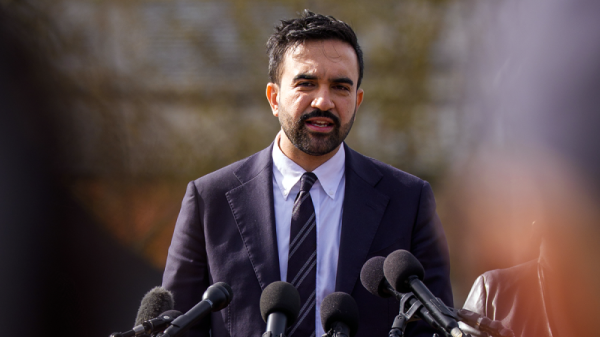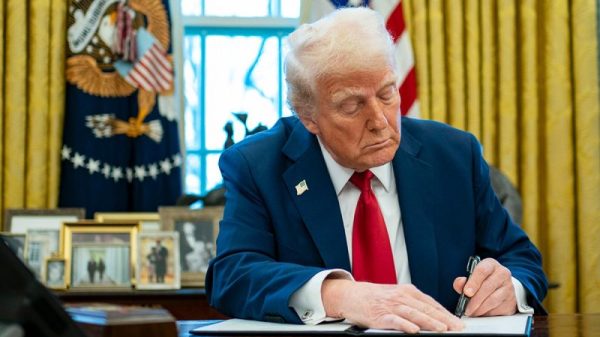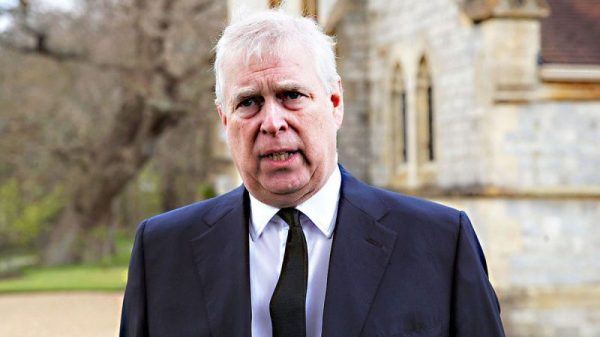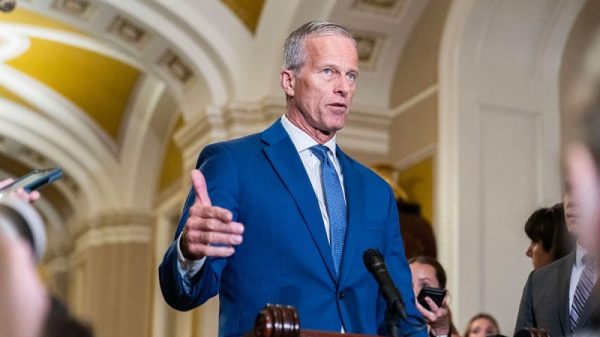The prospect of peace in Ukraine has activated its opponents. The Wall Street Journal’s chief foreign affairs correspondent, New York Times columnist Nicholas Kristof, New York Times columnist Thomas Friedman, former presidential candidate Hillary Clinton, and former Ukraine ambassador Bridget Brink have all decided that President Donald Trump is the second coming of Neville Chamberlain, the British prime minister who declared peace in our time at Munich in 1938 but did not get peace.
Aside from the analytical laziness of relying on the 1938 analogy, these commentators are wrong. Trump and Vice President JD Vance are right to pursue a settlement to the conflict. Their critics make the perfect the enemy of the good enough.
The president’s 28-point plan was met with a flurry of hysteria initially, but it is telling how much of that outrage comes from US pundits rather than the principals involved. For example, the US side met with the Ukrainians yesterday, releasing a joint statement making clear that the talks had made “meaningful progress toward aligning positions and identifying clear next steps” and that the discussion was “constructive, focused, and respectful, underscoring the shared commitment to achieving a just and lasting peace.” No doubt Kyiv will continue to push for maximalist conditions, including binding US security guarantees. Fair enough—that is their job. Washington’s job is to make clear the limits of its support, which include not fighting Russia on Ukraine’s behalf.
One struggles to summon enough cynicism to analyze the European approach to diplomacy. Europe, which is allegedly spending more on Russian energy than it is on aid to Ukraine, has long viewed keeping the United States entangled in Ukraine as a way to stave off the threat of transatlantic burden-shifting. Accordingly, it is unsurprising that Europe is focusing on ways to make the proposal unacceptable to Russia. These include fogging up the commitment not to bring Ukraine into the North Atlantic Treaty Organization and sneaking in more robust US security guarantees, in addition to pushing back the terms of territorial settlement. Kaja Kallas, the EU foreign policy chief, will be as much an obstacle to peace as anyone. The Trump administration was right not to include the European Union in the initial talks.
For their part, maximalist American commentators and legislators will oppose any deal that has any hope of being signed by both sides. Like an addict claiming the next hit will be his last, the next round of sanctions will always be decisive (there have been dozens to date), or the next weapons platform will always deliver a Sunday punch.
None of the critics offer a serious plan for causing Russia to surrender. Hence, the array of absurd schemes since before the war began. In December 2021, Senator Roger Wicker (R‑MS) advocated considering the use of nuclear first-strikes against Russia. Later, others would advocate for a US no-fly zone in Ukraine, and still others argued that US forces should arrest Russian President Vladimir Putin during diplomatic talks. This is escapism, not statecraft.
These critics have always opposed diplomacy, even at the high-water mark for Ukraine. That was unquestionably the fall of 2022, when the Ukrainian counteroffensive had outperformed expectations. At the time, the Chairman of the Joint Chiefs of Staff proposed negotiations, noting that “military victory is probably in the true sense of the word, is maybe not achievable through military means. And therefore, you need to turn to other means.”
He was hooted down, including by the Biden administration, which was at pains to clarify that they were “not conducting negotiations of any kind.” Republicans at the time, including such as Senator Jim Risch (R‑ID), made clear they were “arm in arm” with the Biden administration on its approach to the war. By 2023, it was widely accepted that the Chairman had been right.
Would it be wonderful if Ukraine could find some way to negate its size, its geography, its demographics, and its neighbor? Of course. But politics is the art of the possible. Living next door to a great power across easy geography is a nasty business. That is why former Mexican leader Porfirio Diaz once lamented, “Poor Mexico: So far from God, and so close to the United States.”
The United States is far from Russia. Ukraine is not. Kyiv’s politics have to fit with its geography. Ukraine is being ground down on the battlefield, not because of any defect in its troops, but due to the problems of its size, population, and geography. Critics of the president’s diplomacy will point to the ugliness of the peace. They should be reminded of the ugliness of the war, and the absurdity of the fantasy that it can be won outright.


















